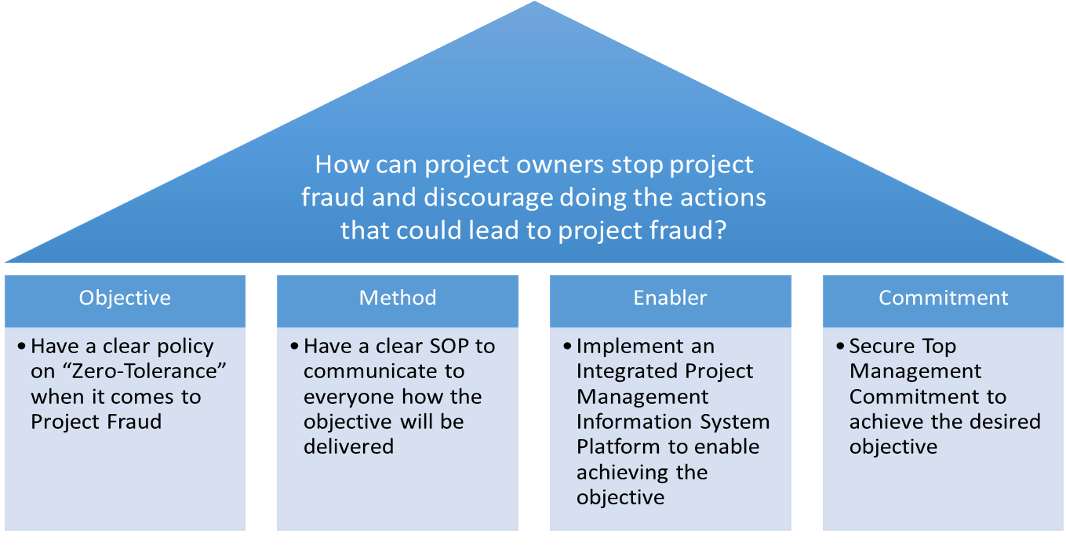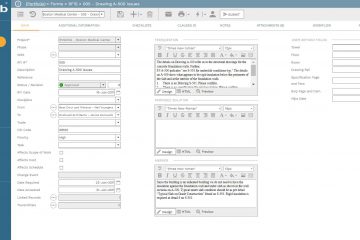When project owners, both in the public and private sectors, fail to impose the right policies and procedures to deter fraud on their projects, they indirectly encourage those involved in their projects to commit actions that would lead to project fraud. Actions that would lead to increase the chances of project failure by increasing the project cost, delaying the project completion, reducing the project quality, failing to meet stakeholders’ objectives, among others.
The tendency to commit fraud is very much part of every business and projects are no different, especially when there is a lack of governance and control. There are more chances to commit fraud on a project than operational scams where usually corporate policies and procedures are well enforced and internal or external audit is an on-going requirement.
Actions that could be labelled as “Project Fraud” are many but some of the most common actions include the following:
- Unsubstantiated project decisions
- Under-reported estimates of project cost
- Over-reported estimates of project benefits
- Unbalanced bids
- Over-reported schedule performance to hide project delays
- Wrong forecasting for the cost to complete the remaining project scope
- Unsubstantiated change orders
- Over-estimated change orders
- Over-reported quality progress
- Acceptance of lower-quality deliverables that cannot be used as originally thought
- Delayed or improper approvals
- Conflict of interest and kickbacks
- Negligence in protecting client’s interest
- Non-compliance with the contract’s terms and conditions
- Creating unnecessary threats by failing to comply with best practices
- Failing to report threats before they harm the project
- Failing to report opportunities that could have benefited the project
- Lost or misplaced project documents
- Appointing unqualified project team members
- Intended wrong actions or decisions
So how can project owners stop project fraud and discourage doing the actions that could lead to project fraud?
The first step that a project owner should take is to have a clear policy on project fraud. For example, Zero-Tolerance on Project Fraud. The next step has a detailed project management standard operating procedures manual that will detail the processes, responsibilities, accountabilities, and authorities for performing those procedures.
To project management procedures manual should first identify the organization responsible for managing the organization’s portfolio of projects. This could be the projects department, project management unit, or project management office (PMO). The organization chart, roles and responsibilities, and job description need to be documented as they will become an integral part of the standard operating procedures manual.
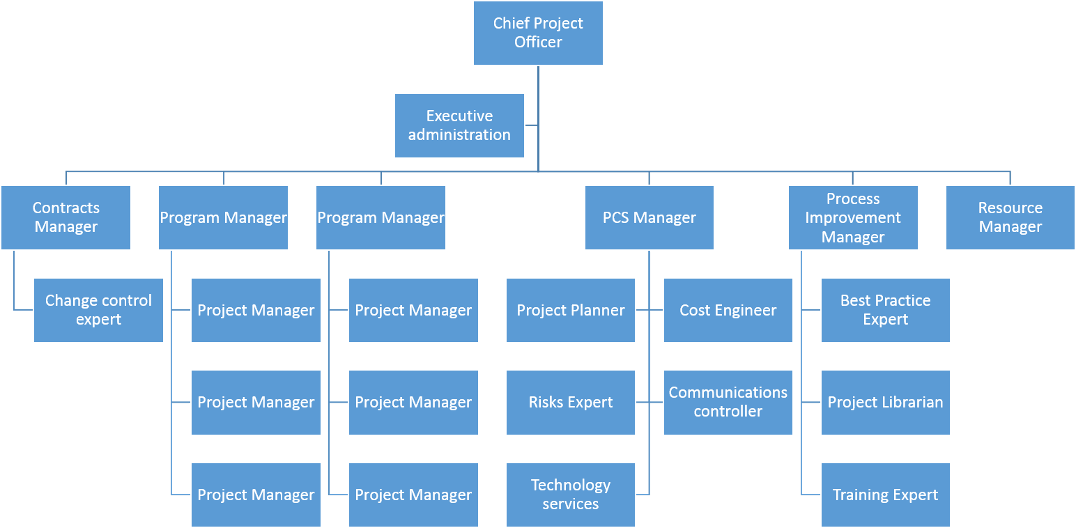
This will be followed by determining the project life cycle stages to explain how projects will be executed. The project life cycle will also detail the stage gates, or project approval gateways, that the project owner will use to determine if the project should proceed to the next project life cycle stage or not.

The next step is to detail the project management procedures needed to manage the delivery of the project. The level of detail of those processes will depend on the level of control that the project owner wants to exert on the project, but they would usually include the following processes:
- Project Due diligence;
- Project Approval;
- Formulating of a Client Brief & Approval;
- Prequalification of Consultants;
- Appointing Consultants;
- Budgeting and Budget Approval;
- Managing the Design Process and Approvals;
- Managing Design Changes and Approvals;
- Payment Applications and Approvals;
- Prequalification of Contractors and Suppliers;
- Bid Packages Preparation and Approvals;
- Managing the Procurement Process of Contractors and Suppliers;
- Formulating Agreements and Contract Authorization;
- Project Commencement and Contractor’s Mobilization;
- Construction/Supply Contract Changes and Approvals;
- Delays, Time Extensions, and Application of Penalties/ Liquidated Damages;
- Submittals and Approvals;
- Project Taking Over and Approvals;
- Project Closeout and Approvals;
- Risks and Issues Management; and Others.
The details of those processes will be captured in what is known as the standard operating procedures manual, which will guide how to perform those processes for those who will become involved in the project delivery. The manual will also detail the steps for executing each strategy, roles and responsibilities, document templates, tabular and graphical log reports, and the process key performance indicators (KPIs).

The problem for many organizations that are serious about curbing project fraud and who have invested in developing comprehensive project management procedures manuals is the lack of having the right project management information system (PMIS) to enable the automation of those processes and make the information from the captured data available for the project team members to have the insight to do better and faster-informed decisions.
The automation of project management processes requires first having the different document templates identified in the procedures manual to be available online for the right project team member to complete and initiate the process. This will also require enabling attaching all supportive documents to the document template. Having the document templates online helps curb actions that could lead to project fraud. It enforces the project team to provide the needed data completely and correctly and captures who provided this information and when. It also captures the actions of all other project team members who will be involved in reviewing, sharing, and approving the strategy. Most project management information systems (PMIS) also include Audit Trail as one of the default features where it tracks the actions taken by all those who have accessed the PMIS.
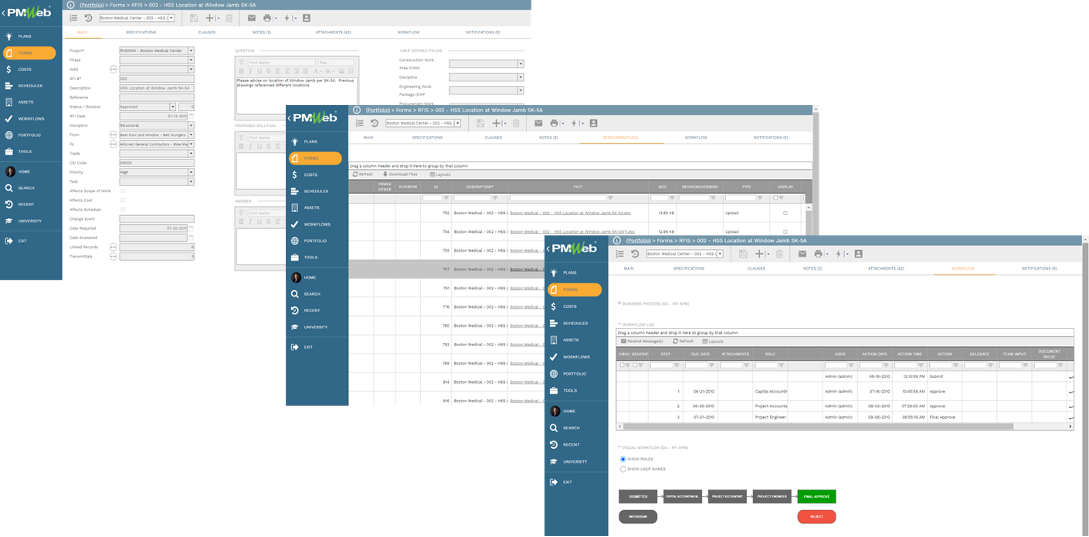
It should be of no surprise when one finds that many project team members would object to having a project management information system implemented on their projects. Excuses like effort and skills needed to input data, the cost associated with having such a scenario, and the unwillingness of contractors and consultants to provide data are quite common. Nevertheless, it is no different from saying that all the benefits we are getting today from automating the different government, banking, and other processes are not true. We had better times when all of those processes were manual processes. The ugly truth is that those project team members want everything but transparency and governance on what they should be performing daily.
Using an integrated project management information system (PMIS) like PMWeb does not limit project fraud actions to data capturing. It limits the actions that could occur when a requirement to integrate projects data stored at different locations. When an organization is faced with what is known as “Data Silos,” one should expect project fraud actions to occur when this data integration needs to be done manually.
Financial ambiguity is one of the prevalent project fraud actions on projects when the project commercial and financial data are not captured in an integrated format. For example, it is widespread to have the project cost estimate, project budget, project bids, project awarded contracts, proposed, pending, approved, and disputed change orders, progress invoices, actual payments, funding authorizations, and funding release are stored in separate data silos. What even makes it worse is that a project financial status cannot be viewed in isolation from other project management processes like risk management, among others.
A PMIS like PMWeb provides the platform to capture all project’s data on a single web-enabled platform to enable anywhere anytime access for the authorized project team members. This will eliminate the “Data Silos” syndrome and allow creating the status and performance dashboards to provide a single real-time version of the truth of the project’s financial status. The dashboard will give the needed measures and key performance indicators (KPIs) to provide an objective analysis of how the project performs from the financial aspect. The same approach needs to be done to measure and report the project performance as it relates to schedule, deliverables, quality, safety, documents approvals, among many others.
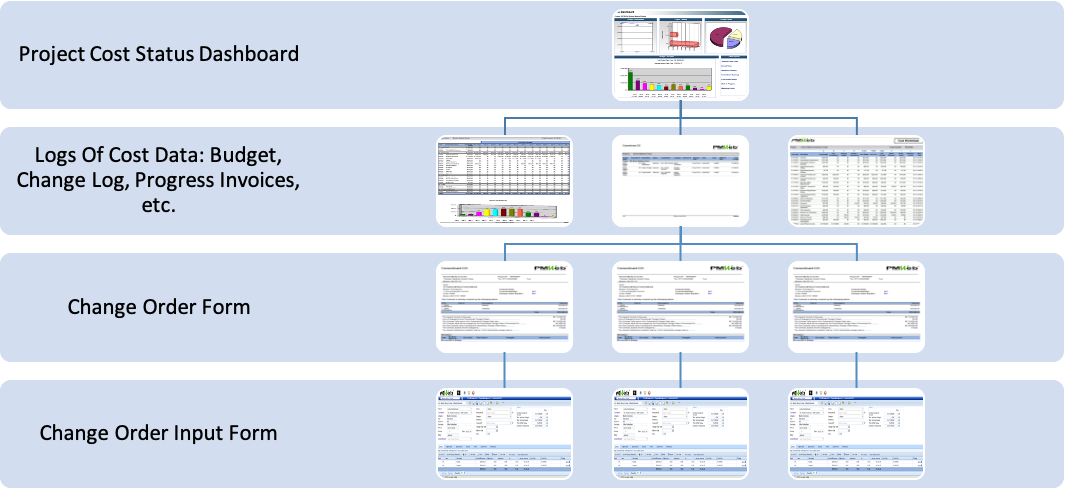
A PMIS will also help the project manager and other executives have a single real-time version of how the project, program, or portfolio of projects status and performance. This will help curb project fraud actions that could result when this information is manipulated, not complete, or delayed. Those executives will now have confidence when making decisions as they are now assured of the quality of the information and data. This will ensure that all made findings are substantiated with the needed project records and documents.
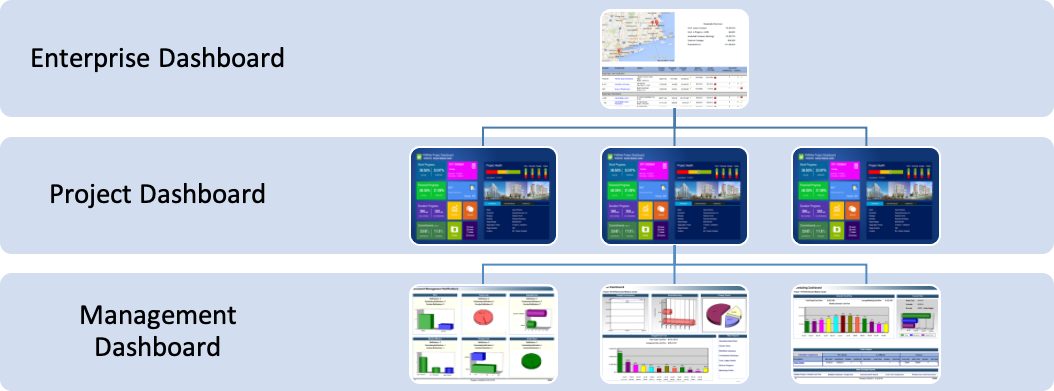
In addition, a PMIS will help those executives report on the status of the made decisions by maintaining a real-time log of those decisions and associated actions. The log will report the status of those decisions and their impact on the project objectives. One of the proven project management processes used to manage decisions is what is known as “Issue Management.”

Accordingly, for project owners who are serious about discouraging fraud on their projects, there should be a commitment from the top for this to happen. This needs to be translated to a clear policy on “Zero-Tolerance” when it comes to project fraud and the right project organization setup and project management procedures that will enforce the implementation of this policy. This should be coupled with an integrated project management information system that will help in promoting transparency, governance, and a single real-time version of the truth reporting and visualization of the performance of the project.
